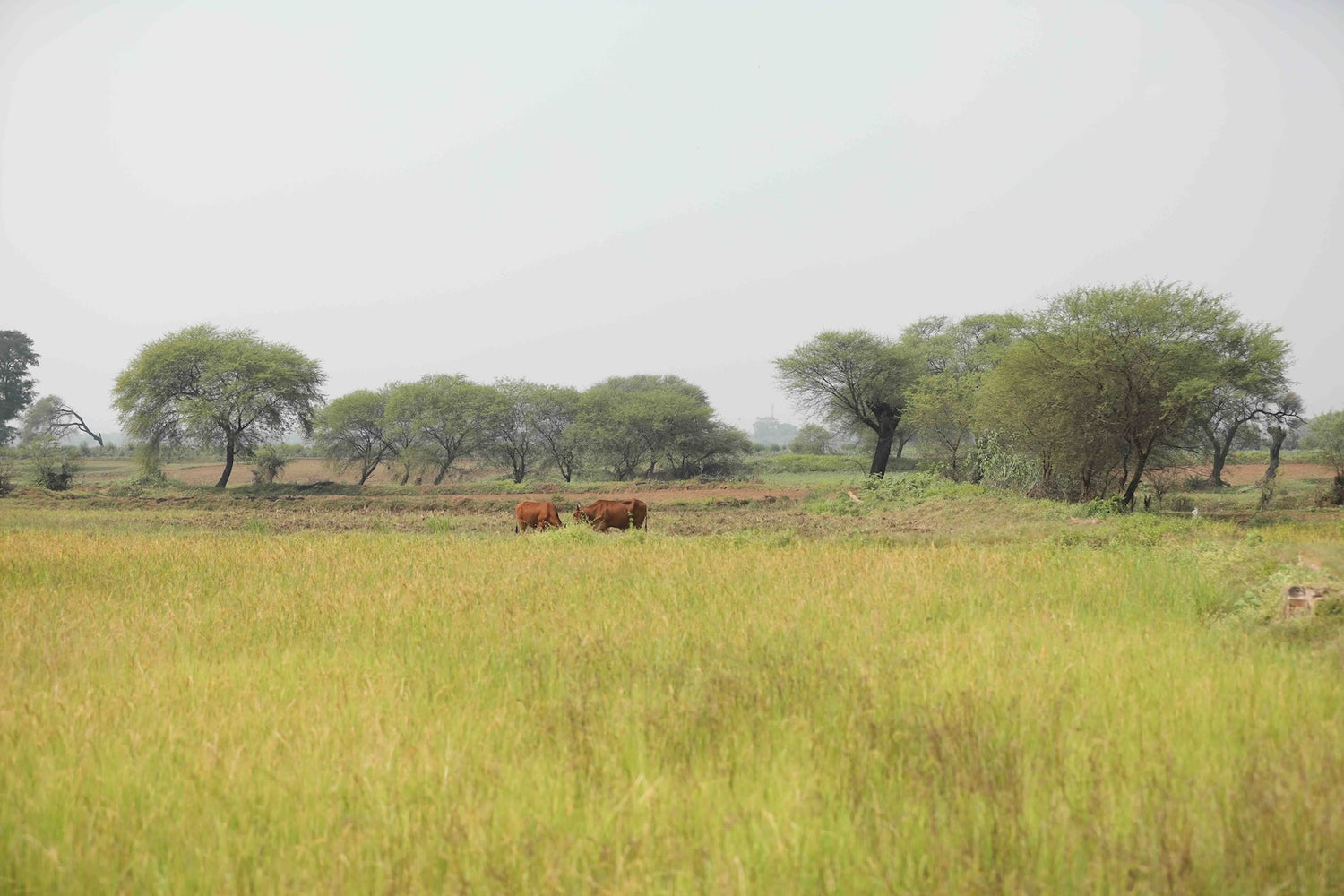One of the best ways to make sure your children are eating healthy is by sending them home-packed lunches. However, the convenience of using plastic zip lock bags, buying juice boxes, etc., can lead to unsustainable practices which are not environmentally friendly.
Harmful Impacts of Unsustainable Lunch Practices
Be it home-cooked food or packaged meals lunch bags frequently contain wrapping paper, food containers, disposable bags, and other items. The disposable lunch gear, including plastic straws, bags, and utensils, is estimated to generate over 67 pounds of waste per student over a nine-month school year in US schools. Given most of the waste goes to landfills where roughly only 5% of plastic waste is recycled, school plastic waste only adds to the negative impact of climate change and greenhouse gas emissions. The next concern is the mountainous waste of school lunches. The World Wildlife Fund estimates food waste in US schools to be around 530,000 tons every year. This corresponds to over 1.9 million metric tons of greenhouse gases. However, on the bright side, switching to a more environmentally friendly option for your child's school lunch is relatively easy. We hope the useful tips below can help you to be more environmentally conscious and cut down on lunchtime waste!
How to Make a Green School Lunch
- Create A Weekly Lunch Planner
Planning the lunch menu ahead, say for the entire week, can save time when you're rushing to pack a lunch for your child or yourself on busy mornings. It will also stop you from cramming single-serve items into your lunch bag when you're pressed for time.
- Make Bulk Purchase A Habit
After you set a lunch calendar and the items you'll be consuming, buying food in bulk is an easy step. Bulk shop for foods that can be bought in bulk quantities. Especially popular lunch snacks like cookies, crackers, cheese, etc. This will help save money, lessen the packaging waste of small servings, and prevent unnecessary environmental impacts of frequent grocery trips.
- Choose Reusable Storage Bags
Single-use plastic snack bags are toxic and not reusable. There are alternative storage bags made of waxed fabric such as beeswax wraps. They are washable, recyclable, and can be cut into desired shapes. Plus, the properties of beeswax wraps keep the food fresher for longer. Without a doubt, beeswax wraps are a more environmentally responsible way of wrapping foods over cling film rolls, and they are also easily available in fun colors and prints.
- Replace Plastic Containers with Reusable Lunch Boxes
A green substitute for plastic food containers is a reusable, toxic-free, and even compostable lunch container made of non-toxic materials such as food-safe bamboo, stainless steel, glass, etc.

You can pick the most appropriate option depending on your kid's age and what will be the easiest and safest to carry around. Terra Thread's spacious tote bags and backpacks can accommodate lunch boxes, cutleries, water bottles, and other belongings.
- Get a Reusable Water Bottle
Reusable water bottles consume less oil in production and lower both the user's carbon footprint and plastic waste that culminates in landfills and other surroundings. This makes them a fantastic choice for school-related activities. Reusable water bottles are durable, refillable, simple to clean, and conducive to learning environments. It will not only keep your child hydrated at all times but also contribute to curbing the plastic pollution disaster.
A backpack for school can easily fit the water bottle.
- Shop for Seasonal Fruits & Vegetables
Get the most out of the food that is harvested seasonally by shopping for seasonal local produce. Non-season produce requires artificial environments and technology to grow, resulting in more expensive market prices and higher emission release (imports). Season produce will not only be more affordable but also more nutritious and healthier. Additionally, you can also go one (or more) days a week without red meat and dairy. Studies show that consuming solely fish, eggs, poultry, or vegetables once a week may reduce greenhouse gas emissions more effectively than purchasing local food. If possible, set days in a week where you commit to packing only vegetarian lunches.
Related blog: Benefits of Seasonal Eating
- Compost the Uneaten
Leftovers are a great way to teach your kids about compost. Ask them to bring home uneaten food, if any, and put it in the compost bin. An average American household food waste is estimated to be around 19.36 metric tons per year, one of the highest in the world. We can reduce this by composting as much as possible. Plus, composting also benefits the environment. It improves the soil, promotes plant growth, lowers landfill methane emissions through aerobic decomposition, etc.
Related blog: How to Compost at Home






